Digital Classroom
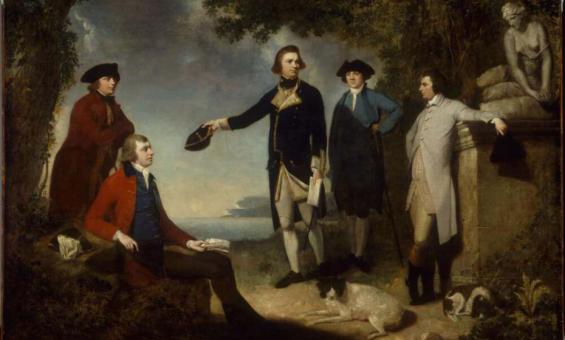
John Hamilton Mortimer, [Captain James Cook, Sir Joseph Banks, Lord Sandwich, Dr Daniel Solander and Dr John Hawkesworth], 1771, nla.gov.au/nla.obj-135646842
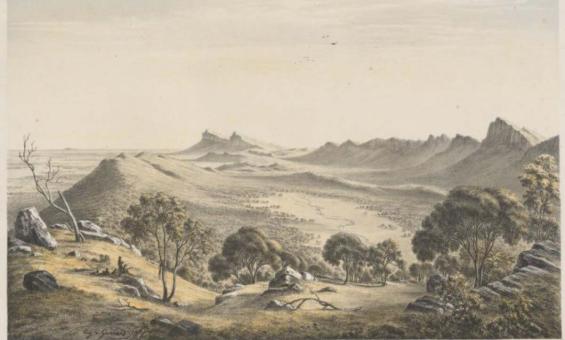
Eugene Von Guerard, Source of the Wannon, 1867, nla.gov.au/nla.obj-135740687

Australian News and Information Bureau. [Portrait of Howard Florey] [picture] / [Australian News and Information Bureau]. nla.gov.au/nla.obj-136743351
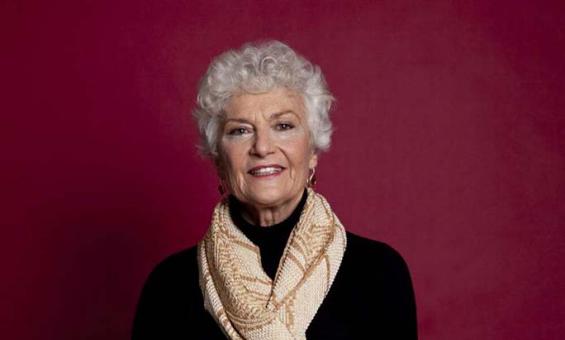
Philip Gostelow, Professor Fiona Stanley at the Telethon Institute for Child Health Research, Subiaco, Perth, 21 August 2013, 2013, nla.gov.au/nla.obj-153312966
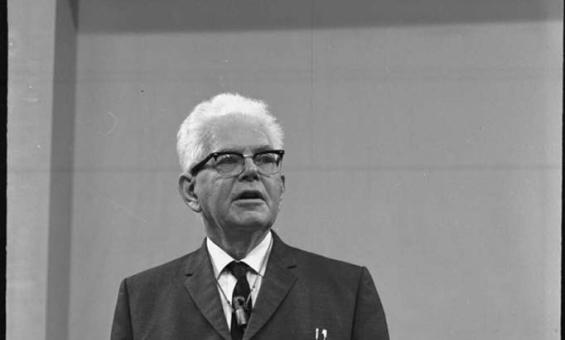
John Aloysius Mulligan, Sir Mark Oliphant lecturing at the University of Sydney, 1 September 1970, 1970, nla.gov.au/nla.obj-145323842
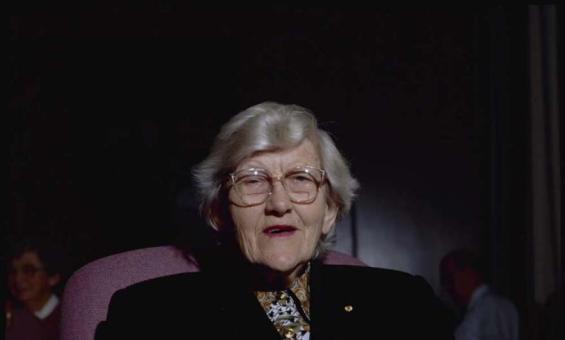
Damian McDonald, Portrait of Nancy Millis, 1999, nla.gov.au/nla.obj-144499251

Wolfgang Sievers, The gears gears for the mining industry, Vickers Ruwolt, Burnley, Melbourne, 1967, nla.gov.au/nla.obj-136505226
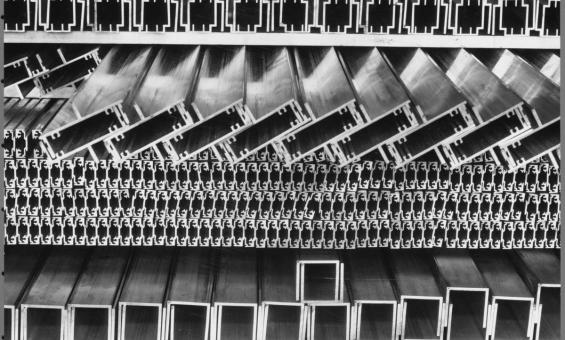
Wolfgang Sievers, Aluminium profiles at Comalco's plant at Yennora, New South Wales, 1965, nla.gov.au/nla.obj-160295127
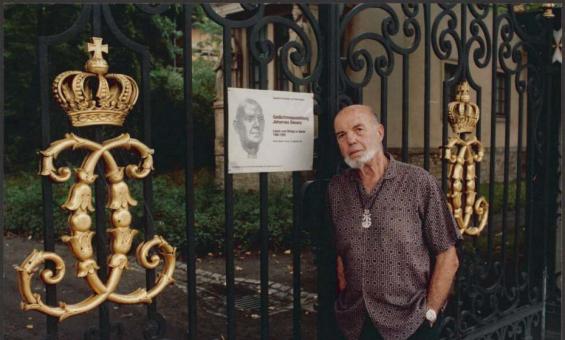
Wolfgang Sievers, [Photograph of Wolfgang Sievers], Berlin, Germany, 1991, nla.gov.au/nla.obj-161009403

Port Jackson Painter, Aboriginal hunting implements and weapons, 1790, nla.gov.au/nla.obj-135230406
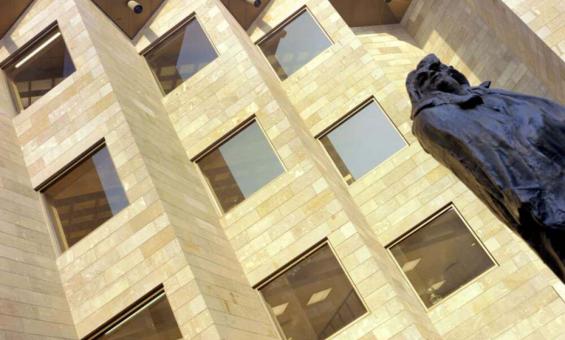
Wolfgang Sievers, National Gallery of Victoria, Melbourne - Forecourt with Rodin's Balzac, 1968, nla.gov.au/nla.obj-160765377
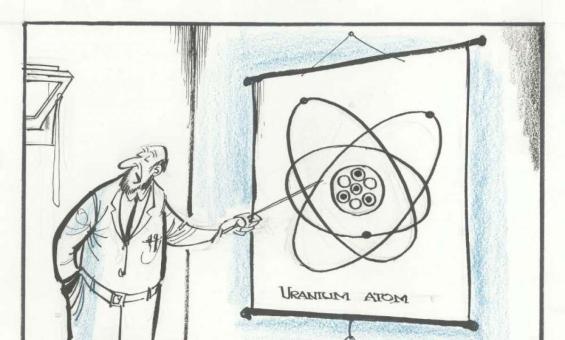
Stewart McCrae, "Of course, in the matter of uranium, it's a case of the atom splitting people!" [Nuclear physicist giving a lecture on the uranium atom], 1963, nla.gov.au/nla.obj-145842939